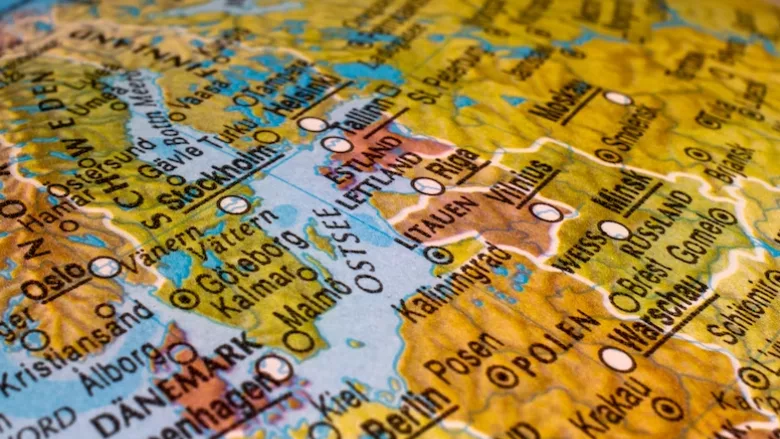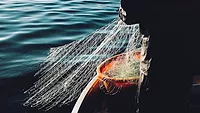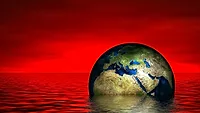European Risk of Foodborne Illness from Vibrio Rising Due to Climate Change

Credit: Jan Reinicke (jrichir) via Unsplash
Foodborne illnesses are projected to rise due to the effects of climate change, reports the European Environment Agency (EEA). In particular, Vibrio poses a threat to the safety of seafood sourced from the Baltic Sea.
According to the report, the prevalence or outbreaks of many water- and foodborne diseases is affected by climatic conditions, or is exacerbated by extreme weather events such as heavy rain and flooding. Vibrio flourishes in warm water of moderate salinity, and the pathogen has one of the fastest replication times of any studied bacteria, making it extremely responsive to environmental change.
As one of the effects of climate change is warming waters, Vibrio populations and infections are expected to increase. The Baltic Sea and the North Sea are the fastest warming seas in Europe, and as the Baltic Sea is brackish, it is becoming increasingly suitable for Vibrio growth. The report notes that the number of days in a year that are suitable for Vibrio infections in the Baltic region has been growing since 1980.
In addition to Vibrio, the report highlights other waterborne and foodborne diseases that are likely to be affected by climate change, such as Salmonella, Campylobacter, Leptospira, Shigella, and Shiga toxin-producing Escherichia coli. Higher temperatures, heavy precipitation, and flooding may all contribute to the growth or spread of such water- and foodborne pathogens. For example, flooding can contaminate agricultural water, soil, and goods by carrying animal waste and sewage.
Finally, the report notes that high air temperatures can adversely affect food quality during transport, storage and handling. The disruption of electrical, refrigeration, and cooking systems caused by adverse weather or excessive heat may also facilitate the transmission of foodborne illnesses.
EEA calls for effective monitoring of vectors and surveillance of diseases to support the development of early warnings and prevent outbreaks.
Looking for quick answers on food safety topics?
Try Ask FSM, our new smart AI search tool.
Ask FSM →









